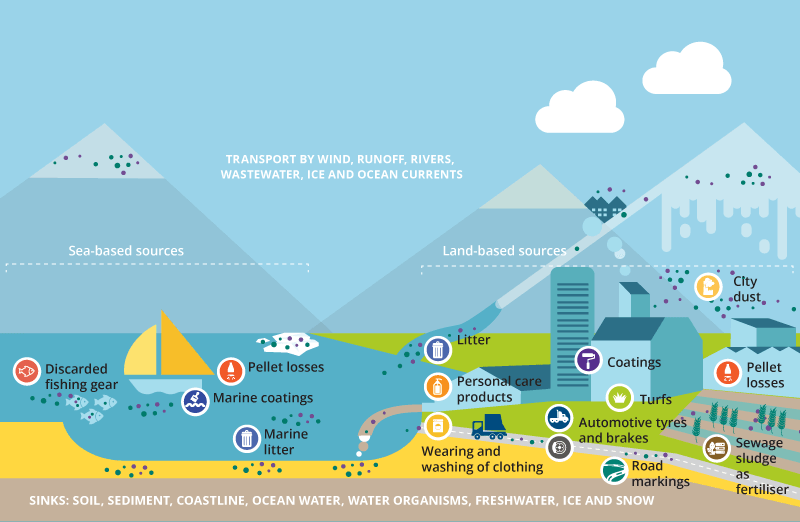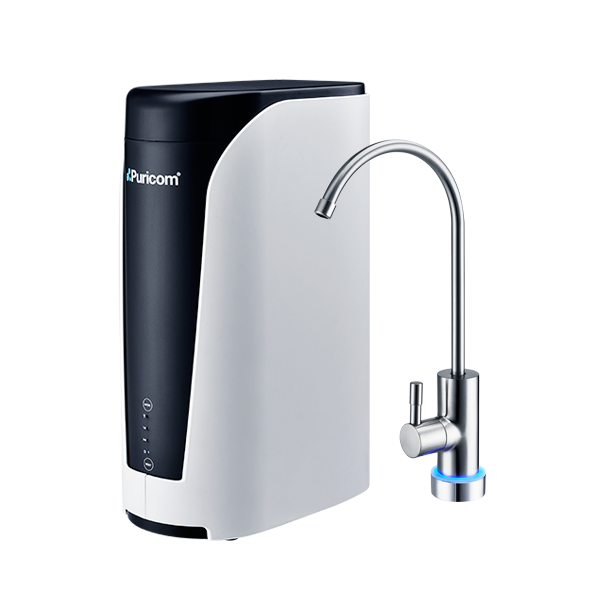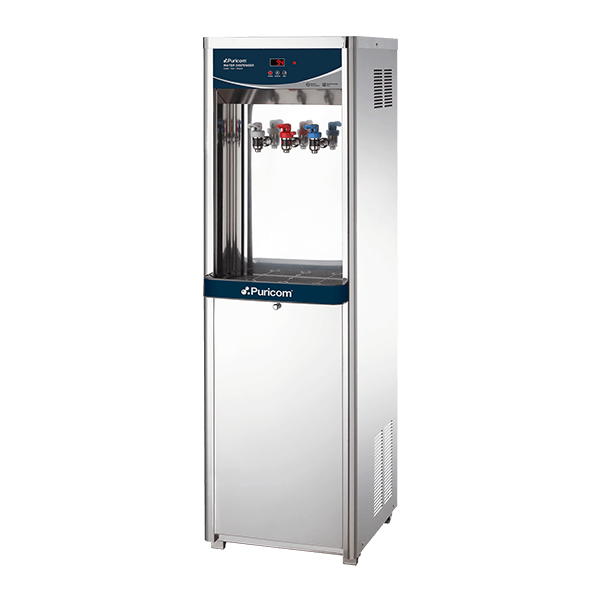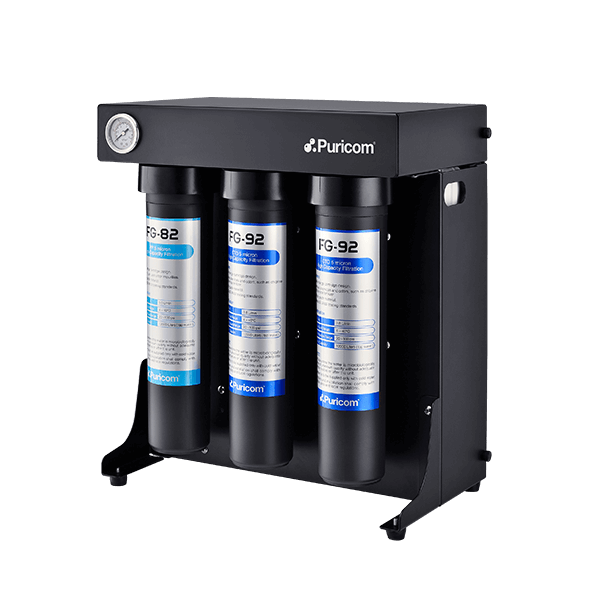Combating Microplastics: The Advanced Role of Reverse Osmosis Filtration Systems
Amid escalating environmental challenges, the pervasiveness of plastic pollution has given rise to a form often invisible to the naked eye—microplastics. These tiny particles, often less than five millimeters in size, have found their way into the most remote water sources, the food we eat, and the air we breathe. With increasing awareness of these dangers, understanding the implications of microplastic pollution can show us how cutting-edge technologies like reverse osmosis can play a pivotal role in mitigating these risks.

What are Microplastics?
Microplastics are defined as plastic particles less than 5 millimeters in diameter. They are categorized into:
- Large microplastics: Approximately 1 to 5 millimeters.
- Small microplastics: Less than 1 millimeter down to the microscopic level. These smaller particles are particularly concerning because they can more easily evade filtration systems and be ingested by aquatic life or humans.
Sources of Microplastics
Microplastics can originate from a variety of sources, including the degradation of larger plastic products, industrial processes, and even household products like synthetic clothing and cosmetics. These particles are resilient; they do not biodegrade and can persist in the environment for centuries. Once they enter a water system, they are difficult to extract and can accumulate in aquatic environments and, ultimately, in the organisms that inhabit them, causing significant ecological and health problems.

How Microplastic Pollution Occurs
Microplastic pollution results from several activities, including improper waste disposal, and industrial emissions. These plastics enter natural water systems through runoff, sewage, and direct disposal. Over time, the plastics break down into increasingly smaller particles, however, they do not completely decompose, leading to widespread contamination of water sources. This contamination disrupts ecosystems and enters the food chain.
Health Risks Associated with Microplastics
The health implications of microplastics are still being studied, but the potential risks are concerning. Microplastics can absorb toxins and pathogens, such as pesticides and heavy metals, transporting them through water systems and into the bodies of water-dwelling organisms, including humans. Exposure to microplastics has been linked to a range of health issues, including hormonal disruption, reproductive abnormalities, developmental delays, and an increased risk of chronic diseases, such as cancer.
Beyond direct ingestion, microplastics in water used for cooking, cleaning, and washing can also affect skin and mucosal health. The full extent of these health impacts remains under investigation, underscoring the need for effective water treatment solutions.

Preventing the Harm of Microplastics in Water
The Role of Reverse Osmosis in Removing Microplastics
The most effective way to prevent the harm of microplastics is through the use of advanced filtration systems. Reverse osmosis (RO) filters are particularly effective, as they can remove particles as small as 0.0001 microns—significantly smaller than the size of microplastics. These systems work by forcing water through a semi-permeable membrane which blocks contaminants and allows only clean water to pass through. They remove contaminants at the level of filtration fine enough to not only ensure the removal of microplastics but also to eliminate a wide range of other contaminants, such as bacteria, viruses, heavy metals, and chemical pollutants.
Puricom’s Comprehensive Water Solutions
Puricom offers an extensive range of RO filtration systems that leverage cutting-edge technology to meet the highest standards of purification, effectively removing microplastics along with other contaminants such as bacteria, viruses, and chemical pollutants. Puricom's RO systems cater to a wide spectrum of customers, from residential to commercial and industrial sectors, providing the most reliable and cost-effective solutions on the market.
Innovative Residential Solutions
As the first manufacturer in the world to design a compact RO system enclosed in a case, Puricom has revolutionized residential water filtration. These systems are not only aesthetically pleasing but also feature an intelligent internal design that simplifies maintenance and enhances interaction between users and engineers, making them a perfect choice for modern homes.
High-Capacity Tankless RO Systems
Tankless RO systems offer a cutting-edge solution for both residential and commercial settings. By eliminating the need for a storage tank, these systems provide direct filtration that is four times faster than traditional RO systems. This design significantly reduces the risk of bacterial growth associated with stagnant water, ensuring fresher, 100% pure, and healthy water on demand.
Water Dispensers
For those seeking convenience alongside purification, Puricom Water Dispensers offer units that can deliver both cold and hot water instantly. Perfect for homes, offices, or commercial spaces, these dispensers provide a quick, convenient way to stay hydrated and enjoy beverages at your preferred temperature.
Commercial and Industrial
Commercial RO Systems are designed for high-demand environments such as hotels, schools, hospitals, apartments, colleges, and office buildings. Commercial and industrial water purifiers ensure that large volumes of water can be processed efficiently and meet the highest standards of purity.
For industrial-scale water treatment, Puricom RO Water Plants are capable of handling substantial capacities, maximizing efficiency, and minimizing maintenance. They are ideal for municipal water treatment, large factories, and industrial complexes.
Choosing a Taiwanese manufacturer like Puricom means benefiting from high manufacturing standards and rigorous quality control that often exceeds international standards for quality and innovation. You can trust Puricom’s expertise and commitment to excellence to safeguard your health against the hidden dangers of microplastics.




